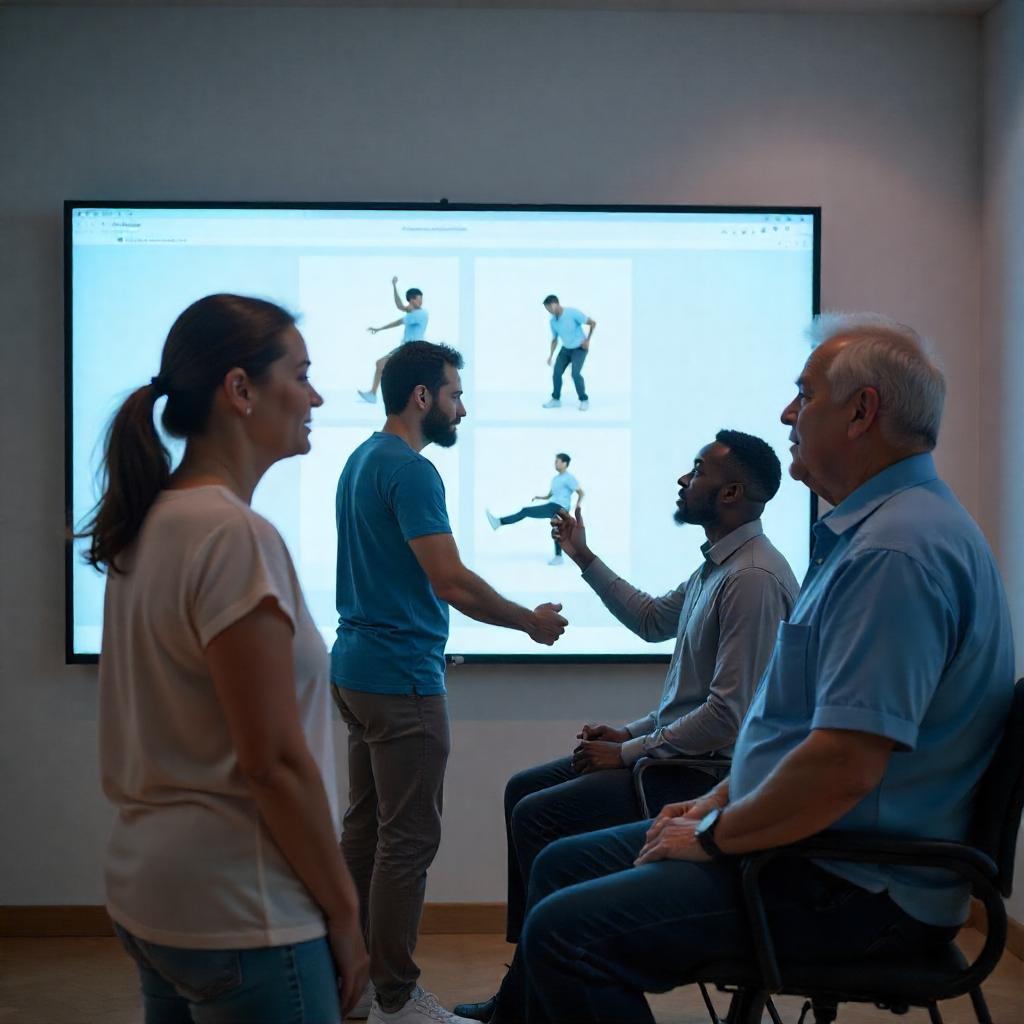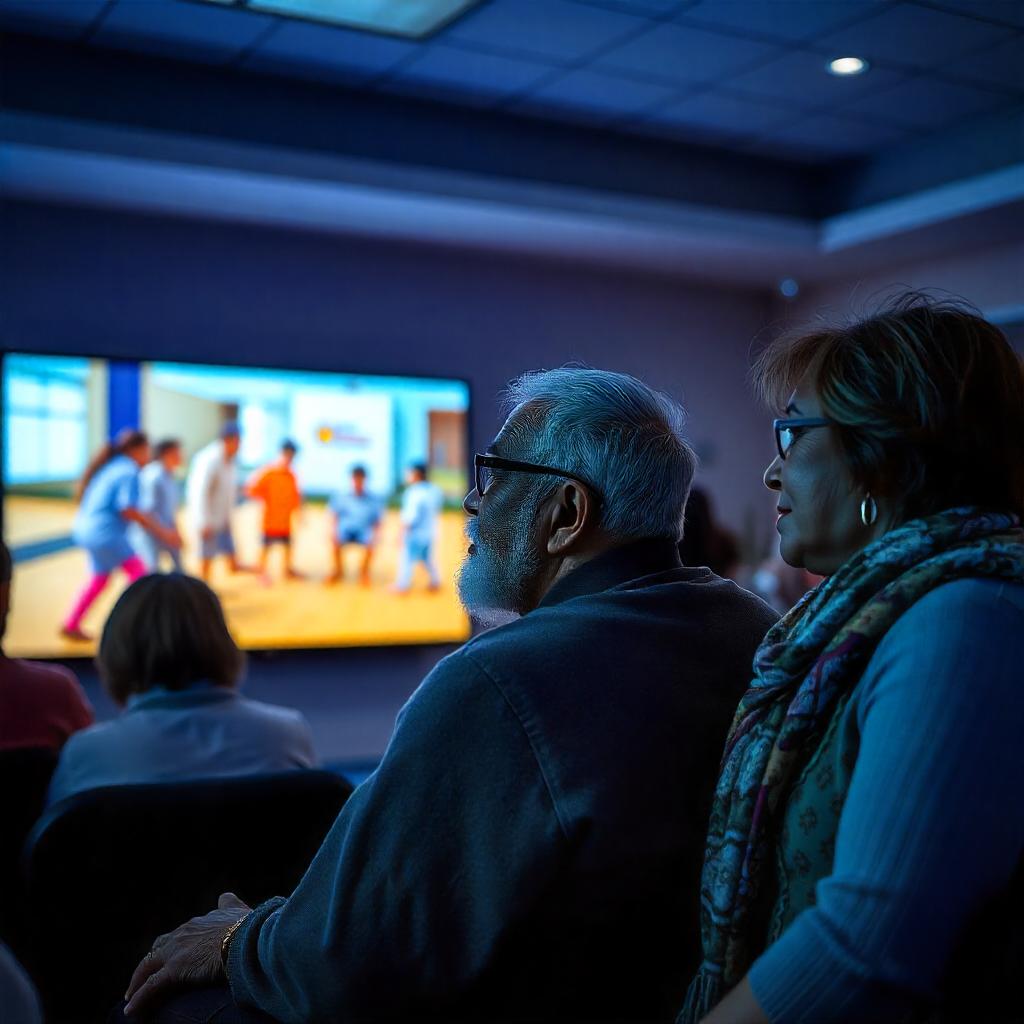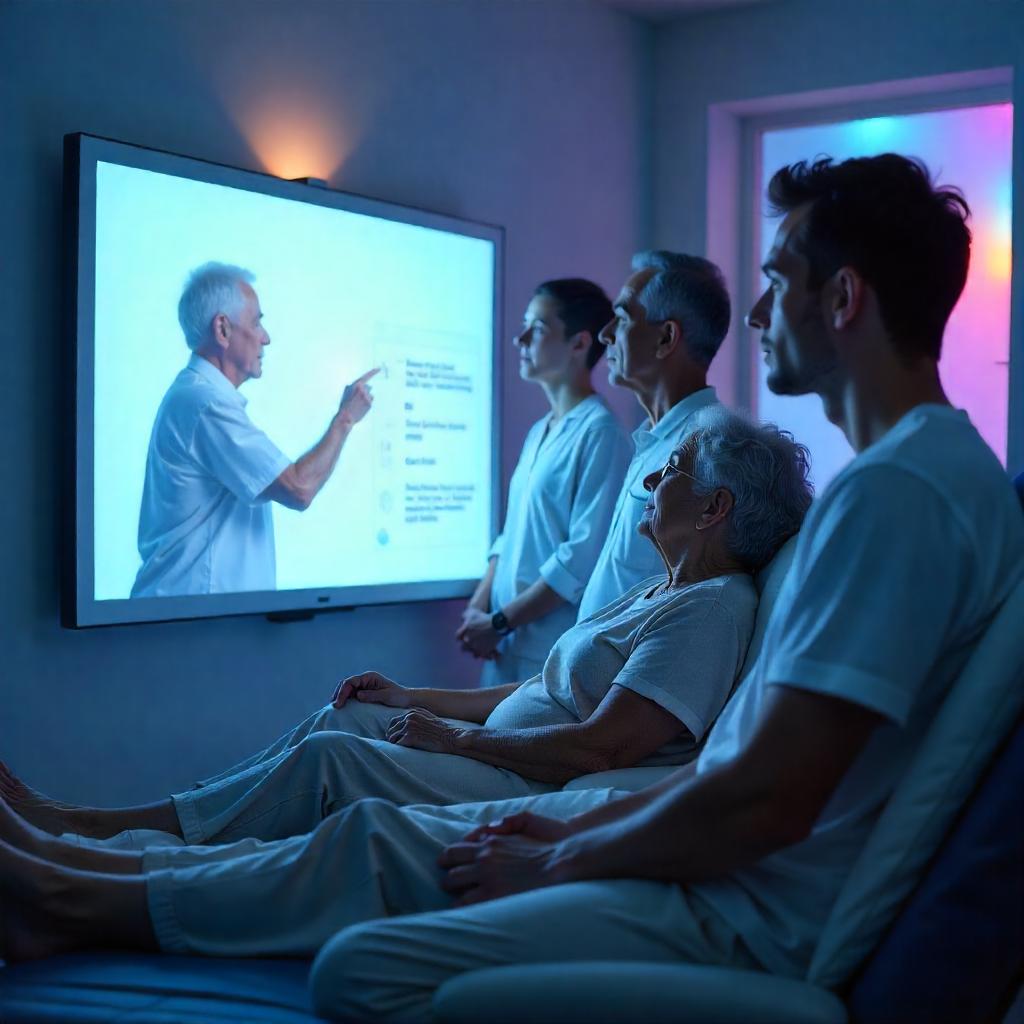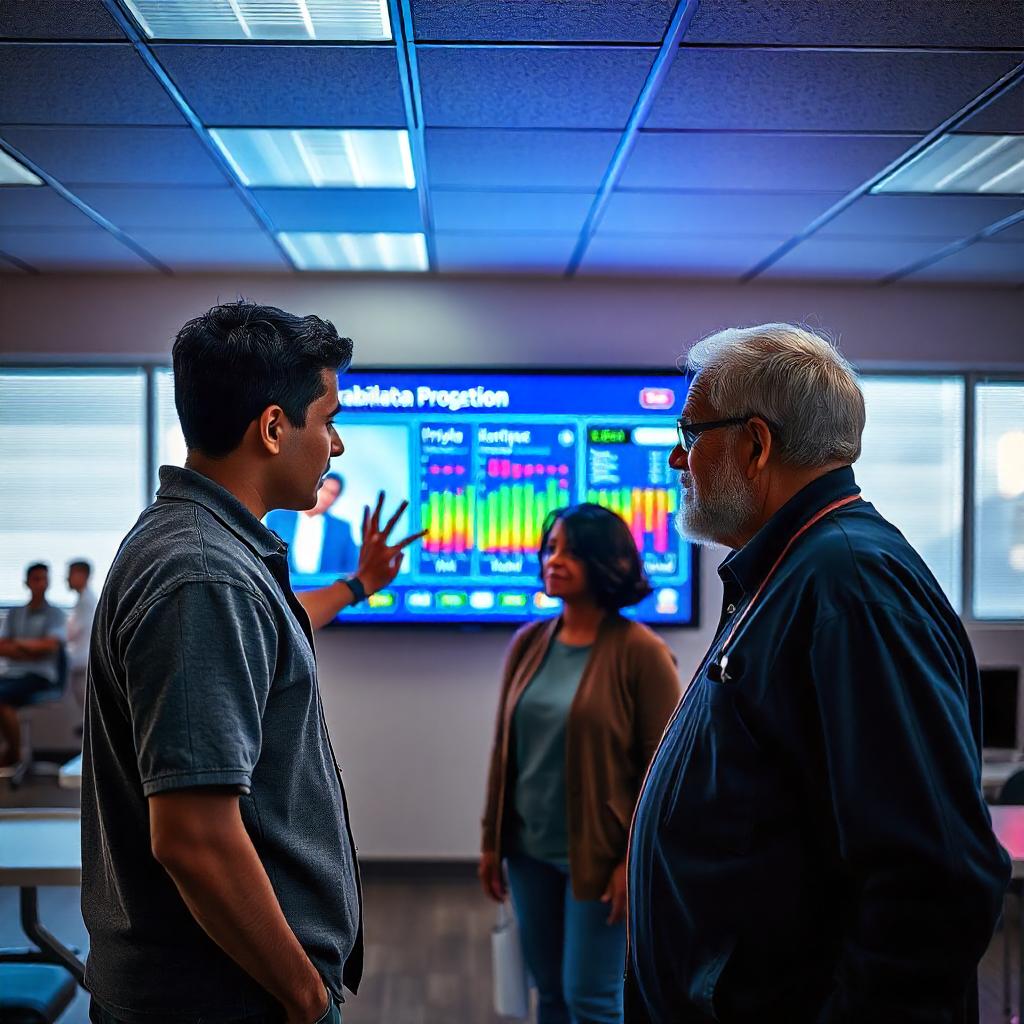- Home
- About Us
- Industries
- Agritech & Smart Farming
- Aquariums & Zoos
- Art & Cultural Exhibitions
- Automotive & Transportation
- Broadcasting & News
- Construction & Real Estate
- Corporate & Offices
- Cultural Heritage & Preservation
- Cybersecurity Operations
- Digital Content Creation & Media
- E-commerce & Online Retail
- Education
- Energy & Utilities
- Entertainment & Media
- Entertainment Arcades & Amusement
- Environmental Monitoring
- Event Management & Conferences
- Fashion & Apparel Retail
- Fashion Retail & E-commerce
- Finance & Banking
- Financial Trading & Stock Exchanges
- Fitness & Wellness
- Food & Beverage
- Food Processing & Manufacturing
- Gaming, Casinos, & Hospitality
- Government & Public Spaces
- Healthcare
- Hospitality & Event Venues
- Insurance
- Legal & Judicial
- Libraries & Community Centers
- Logistics & Supply Chain
- Luxury Cruise & Maritime
- Manufacturing & Industrial
- Meteorology & Climate Research
- Military & Defense
- Mining & Extraction
- Museums & Cultural Centers
- Non-Profit Organizations
- Oil & Gas Industry
- Professional Training & Development
- Public Health & Awareness
- Public Parks & Recreation Areas
- Public Safety & Law Enforcement
- Public Transportation
- Rehabilitation Centers
- Religious & Worship Spaces
- Renewable Energy
- Retail & Shopping Malls
- Retail Banking
- Security & Surveillance
- Social Media & Digital Marketing
- Sports & Stadiums
- Smart Cities & Urban Planning
- Supply Chain & Inventory
- Television & Film Production
- Travel & Hospitality
- FAQ
- Contact Us
- Home
- About Us
- Industries
- Agritech & Smart Farming
- Aquariums & Zoos
- Art & Cultural Exhibitions
- Automotive & Transportation
- Broadcasting & News
- Construction & Real Estate
- Corporate & Offices
- Cultural Heritage & Preservation
- Cybersecurity Operations
- Digital Content Creation & Media
- E-commerce & Online Retail
- Education
- Energy & Utilities
- Entertainment & Media
- Entertainment Arcades & Amusement
- Environmental Monitoring
- Event Management & Conferences
- Fashion & Apparel Retail
- Fashion Retail & E-commerce
- Finance & Banking
- Financial Trading & Stock Exchanges
- Fitness & Wellness
- Food & Beverage
- Food Processing & Manufacturing
- Gaming, Casinos, & Hospitality
- Government & Public Spaces
- Healthcare
- Hospitality & Event Venues
- Insurance
- Legal & Judicial
- Libraries & Community Centers
- Logistics & Supply Chain
- Luxury Cruise & Maritime
- Manufacturing & Industrial
- Meteorology & Climate Research
- Military & Defense
- Mining & Extraction
- Museums & Cultural Centers
- Non-Profit Organizations
- Oil & Gas Industry
- Professional Training & Development
- Public Health & Awareness
- Public Parks & Recreation Areas
- Public Safety & Law Enforcement
- Public Transportation
- Rehabilitation Centers
- Religious & Worship Spaces
- Renewable Energy
- Retail & Shopping Malls
- Retail Banking
- Security & Surveillance
- Social Media & Digital Marketing
- Sports & Stadiums
- Smart Cities & Urban Planning
- Supply Chain & Inventory
- Television & Film Production
- Travel & Hospitality
- FAQ
- Contact Us

Rehabilitation Centers
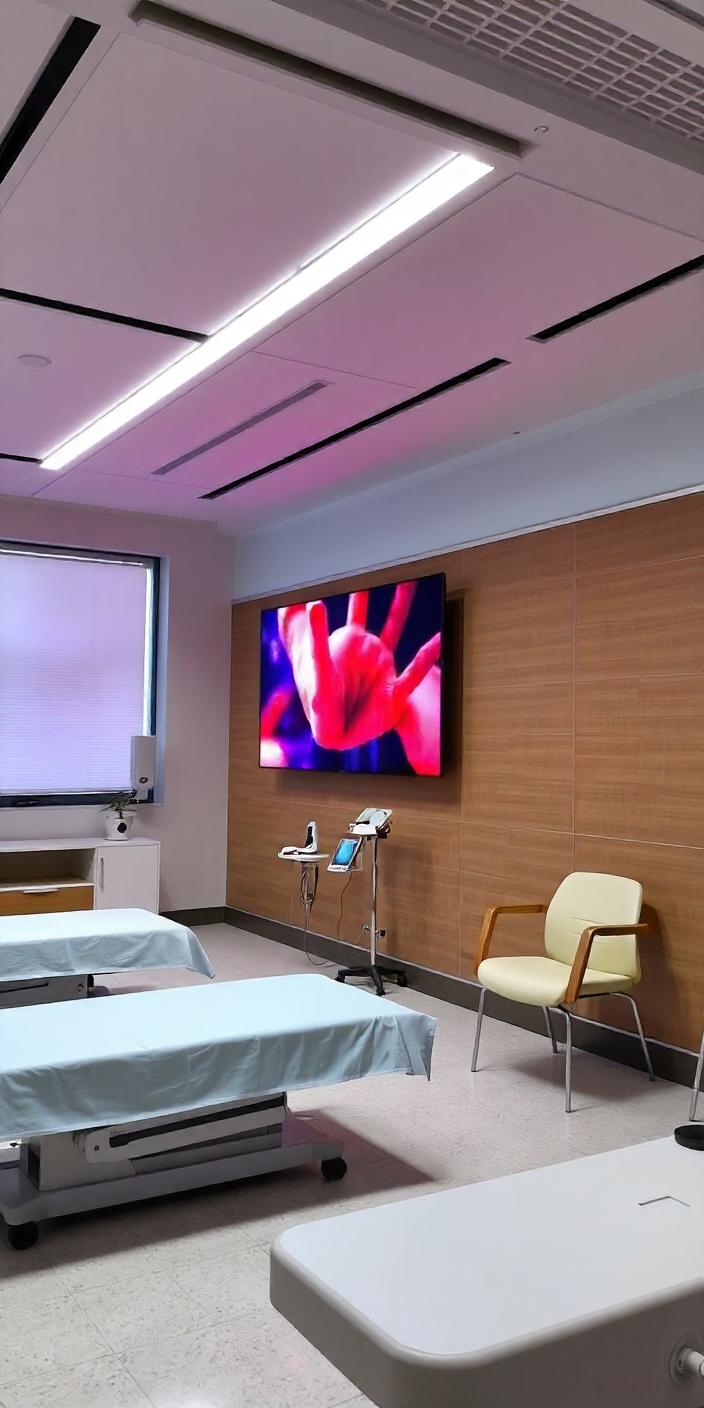
Uses Of Led Display For Rehabilitation Centers
Active LED displays are becoming increasingly useful in rehabilitation centers, enhancing both patient care and operational efficiency. These displays provide real-time feedback, education, entertainment, and guidance, playing a crucial role in improving the rehabilitation experience for patients and supporting staff in their daily tasks.
Advantages of Active LED Displays in Rehabilitation Centers:
- Real-Time Feedback: LEDs provide instant visual feedback on patient progress during therapy, whether for physical rehabilitation exercises or cognitive therapy activities.
- Engagement and Motivation: Interactive LED displays can motivate patients by visualizing their progress, setting goals, or offering gamified experiences, making rehabilitation more engaging.
- Clarity and Visibility: With high resolution and bright displays, LEDs ensure that information is easy to read and understand from a distance, whether in therapy rooms or patient lounges.
- Durability and Reliability: Active LED displays are robust, making them ideal for environments with high traffic and usage. They are durable and maintain consistent performance, essential in busy rehabilitation settings.
- Customizable Content: Rehabilitation centers can tailor content to meet the specific needs of patients, from therapy instructions to educational materials and interactive rehabilitation games.
Applications of Active LED Displays in Rehabilitation Centers:
- Physical Rehabilitation Feedback
- Purpose: To provide visual progress reports and corrective feedback to patients.
- Content Ideas: In physical therapy rooms, LED displays can show patients’ movements in real-time, offering corrective cues on posture, angles, and exercise execution. These screens can also visualize metrics such as range of motion or strength, allowing patients to track their progress visually.
- Interactive Therapy and Gamification
- Purpose: To enhance patient engagement through interactive and gamified experiences.
- Content Ideas: LED displays can be used for interactive therapy sessions, such as virtual exercises, where patients perform movements or tasks that are displayed on the screen. These systems can turn therapy into a game, motivating patients to meet specific goals or complete challenges in order to advance their rehabilitation.
- Cognitive Rehabilitation
- Purpose: To support cognitive therapy through visual and interactive content.
- Content Ideas: For patients undergoing cognitive rehabilitation, LED displays can present puzzles, memory exercises, or interactive tasks that improve cognitive function. These displays can also track progress over time and provide positive reinforcement, encouraging patients to continue their therapy.
- Patient Education and Information
- Purpose: To provide educational content related to rehabilitation and overall health.
- Content Ideas: In waiting areas or patient lounges, LED screens can display educational videos, tips for managing chronic conditions, or advice on self-care during recovery. This information can help patients better understand their rehabilitation process and motivate them to participate actively in their recovery.
- Exercise Instructions and Demonstrations
- Purpose: To display detailed instructions for exercises and therapies.
- Content Ideas: LED screens can display step-by-step exercise instructions, including visual demonstrations of the correct form and techniques for patients to follow. This can be especially helpful in physical therapy rooms, where patients may need additional guidance on how to perform specific exercises.
- Staff and Patient Communication
- Purpose: To communicate important information to staff and patients.
- Content Ideas: LED displays in common areas or patient rooms can be used to announce upcoming therapy sessions, clinic events, or important patient updates. For staff, displays can show patient schedules, updates on treatment plans, or emergency alerts.
- Entertainment and Relaxation
- Purpose: To provide entertainment or relaxing content to patients during downtime.
- Content Ideas: LED screens in patient rooms or waiting areas can show movies, calming nature videos, or music, offering patients a mental break from their rehabilitation process. This helps reduce stress and improve overall well-being.
- Virtual Therapy Sessions
- Purpose: To facilitate remote therapy and consultations with specialists.
- Content Ideas: For patients who cannot attend rehabilitation in person, LED displays can facilitate virtual therapy sessions, allowing them to interact with therapists remotely. These virtual consultations can be integrated with rehabilitation software to enhance the therapeutic experience.
- Progress Tracking and Motivation
- Purpose: To display patient progress and celebrate achievements.
- Content Ideas: LED screens can track and display patient progress toward rehabilitation goals, such as improving mobility or strength. These visual indicators can help motivate patients by showing their improvements over time, contributing to a sense of achievement and reinforcing their commitment to rehabilitation.
- Interactive Rehab Stations
- Purpose: To create stations where patients interact with the display during exercises.
- Content Ideas: LED displays can be incorporated into rehabilitation equipment (e.g., stationary bikes, treadmills) to display exercise routines, provide real-time feedback, and encourage patients to meet exercise goals. These interactive stations turn exercises into more engaging and effective sessions.
Features
- List Item
- List Item
- List Item
- List Item
Advantages
- List Item
- List Item
- List Item
- List Item
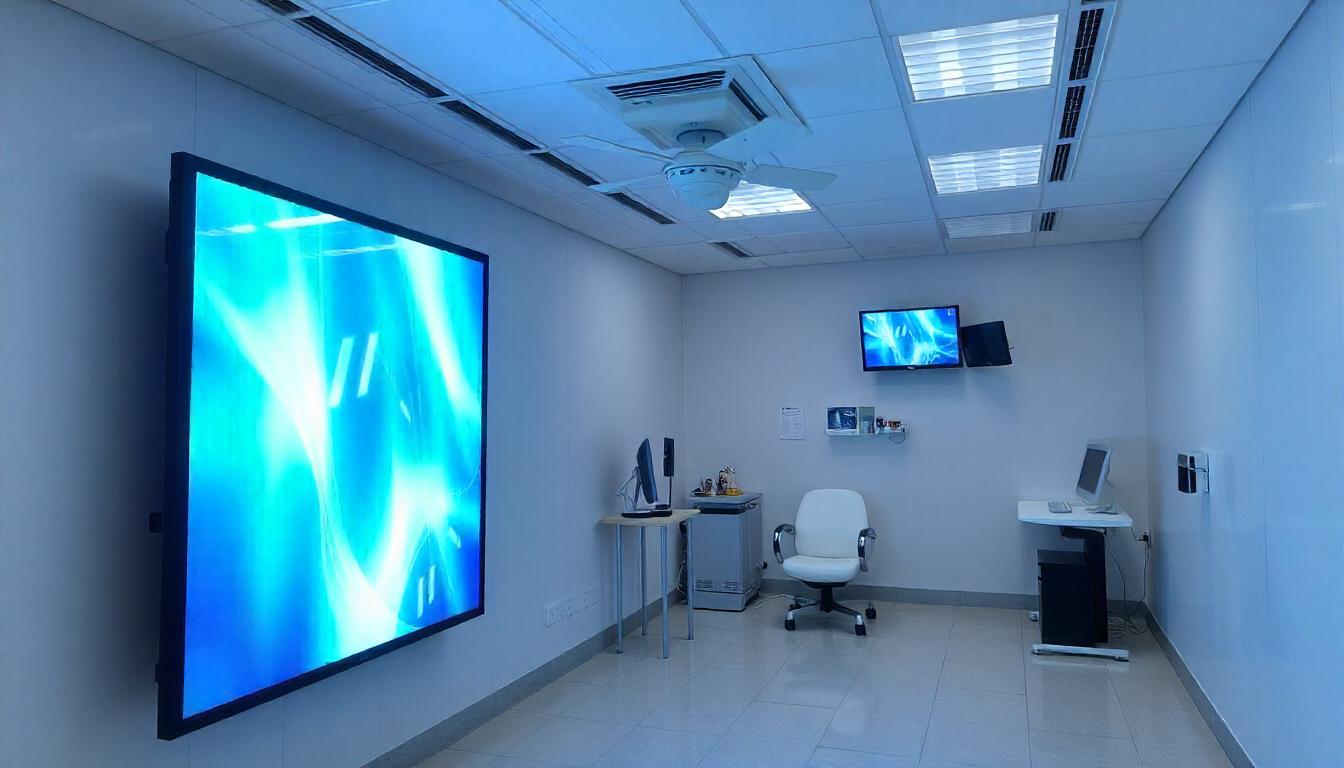
Placement Tips:
- Therapy Rooms: Install LED displays in therapy rooms at eye level to provide easy-to-read exercise instructions, progress tracking, and real-time feedback during physical or cognitive therapy sessions.
- Waiting Areas: Place large LED screens in patient waiting areas to display educational content, announcements, or soothing entertainment to help patients relax before their sessions.
- Patient Rooms: Use bedside LED screens to provide individualized progress reports, rehabilitation goals, and motivational content, improving patient engagement and satisfaction.
- Rehabilitation Stations: Incorporate LED displays into rehabilitation stations or exercise equipment to display instructions, track performance, and provide visual guidance during physical activities.
- Common Areas: Use LED screens in common areas to share important information, including clinic schedules, staff announcements, and educational resources.
Key Benefits in Rehabilitation Centers:
- Enhanced Patient Engagement: LED displays make rehabilitation more engaging through interactive content, gamification, and visual feedback, motivating patients to participate more actively in their recovery.
- Real-Time Monitoring: LED displays enable immediate feedback on patient performance, helping therapists to adjust treatment plans and giving patients instant insights into their progress.
- Personalized Therapy: LED screens can be customized to show content specific to individual patients’ rehabilitation needs, whether for physical or cognitive recovery.
- Efficient Communication: With LED displays, rehabilitation centers can efficiently communicate important information to both patients and staff, improving coordination and patient experience.
- Improved Experience: LED displays help make the rehabilitation process more enjoyable and less monotonous by providing entertainment, progress tracking, and educational content.
- Motivation and Reinforcement: By visualizing progress and offering instant feedback, LED displays encourage patients to stay motivated and continue their rehabilitation efforts.
Conclusion
Active LED displays play a crucial role in improving patient care and operational efficiency within rehabilitation centers. From enhancing physical and cognitive therapy sessions to providing patient education and entertainment, LED displays contribute to a more engaging, motivating, and supportive rehabilitation environment. Their ability to provide real-time feedback, track progress, and offer interactive experiences makes them an invaluable tool in optimizing the rehabilitation process for both patients and healthcare providers.
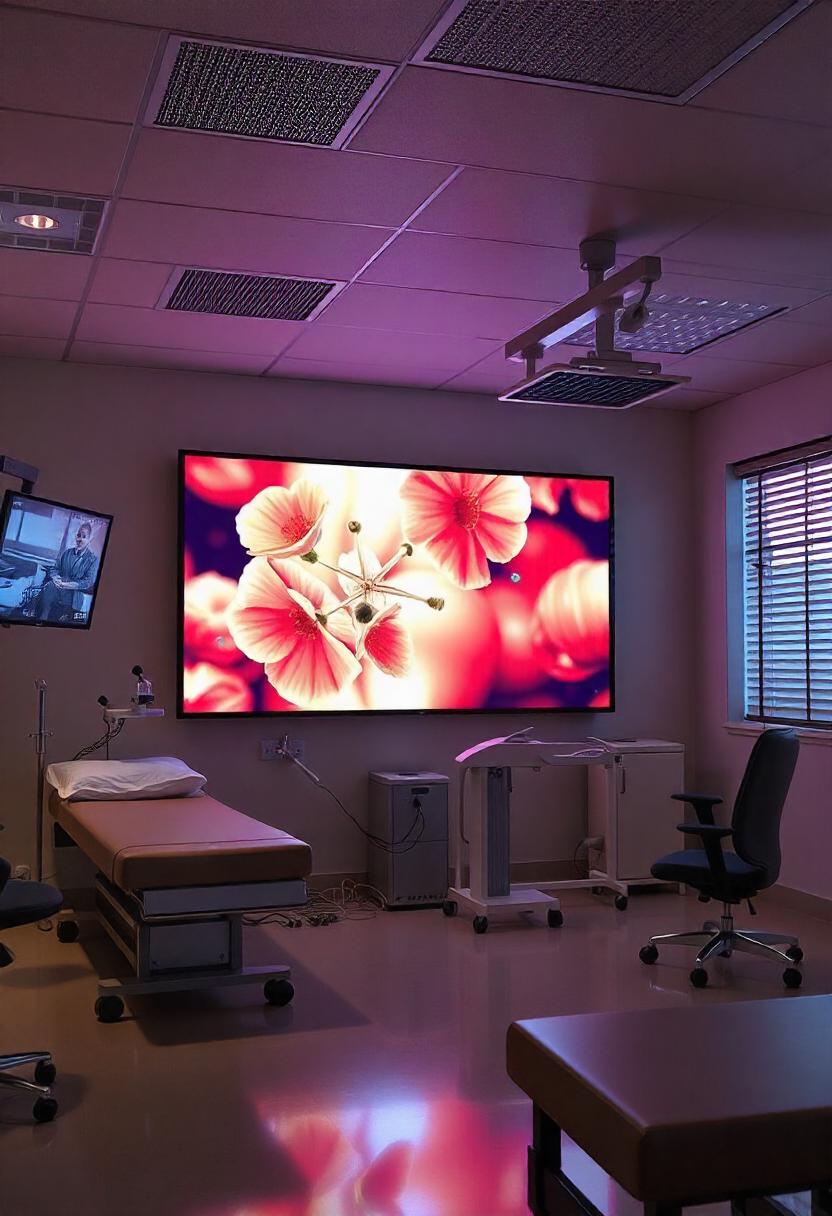
illuminits LED Walls?
Technology
There are three primary LED video wall technologies: ultra-narrow bezel LCD, rear-projection cubes, and direct-view LED displays. Ultra-narrow bezel LCD is the most cost-effective option.
Size
The great thing about illuminits video walls is that they are modular, so you can get them in any size or aspect ratio you want.
Support
The heavier the video wall system becomes, the more panels there are. This puts additional strain on the infrastructure that supports it. illuinits offers the best in-time assistance.
Service
Even high-definition video walls can have problems. This can be a minor or major issue. As a result, Aero provides a variety of comprehensive service packages that ensure minimal downtime at a low cost. Types Of LED Displays
